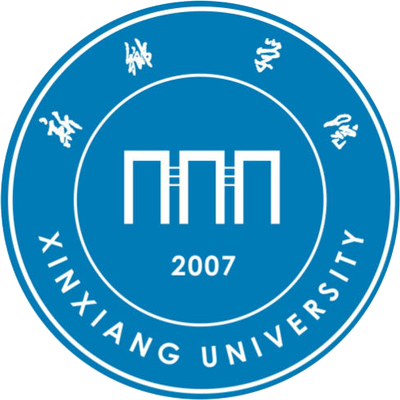详细信息
Multi-criteria assessment and optimization of a biomass-based cascade heat integration toward a novel multigeneration process: Application of a MOPSO method
文献类型:期刊文献
英文题名:Multi-criteria assessment and optimization of a biomass-based cascade heat integration toward a novel multigeneration process: Application of a MOPSO method
作者:Zhang T.; Sobhani B.
第一作者:Zhang T.
机构:[1]School of 3D Printing, Xinxiang University, Henan, Xinxiang, 453000, China;[2]School of Electrical Engineering, Iran University of Science and Technology, Tehran, Iran
第一机构:新乡学院3D打印学院
年份:2024
卷号:240
外文期刊名:Applied Thermal Engineering
收录:Scopus(收录号:2-s2.0-85180527714)
语种:英文
外文关键词:Biomass fuel; Cascade heat integration; Freshwater; Multi-objective optimization; Supercritical carbon dioxide
摘要:In this study, a novel biomass-driven cascade heat integration scheme is devised, encompassing combined cooling, heating, and power generation, with a unique focus on the production of a secondary product (freshwater). The process commences with the establishment of a biomass digester, yielding biogas fuel to kickstart the integrated system. Subsequently, the utilization of a gas turbine cycle is introduced, and its waste heat is efficiently harnessed through a supercritical carbon dioxide process, a double-effect refrigeration cycle, and a heating terminal. Additionally, a modified organic Rankine cycle is incorporated to recover heat from the supercritical carbon dioxide process, while reverse osmosis desalination forms an integral part of the equipment lineup. The entire system is rigorously evaluated from both thermodynamic and economic standpoints, undergoing optimization across five distinct scenarios. A multi-objective particle swarm optimization approach, featuring two decision-making algorithms, is deployed in this optimization process. The primary objective is exergetic efficiency, while the secondary objectives encompass net output power, cooling, heating, sum unit cost of products, and net present value, each considered individually. The results of the study reveal that the highest attainable optimal exergy efficiency stands at 38.54 % when the secondary objective is net output power. Furthermore, the optimal values for the secondary objectives are determined to be 41112.59 kW, 1383.75 kW, 28413.97 kW, 18.72 $/GJ, and 75.17 M$, respectively. These findings underscore the potential of the proposed biomass-driven cascade heat integration system in achieving efficient and sustainable energy generation while simultaneously producing valuable secondary products. ? 2023 Elsevier Ltd
参考文献:
![]() 正在载入数据...
正在载入数据...


